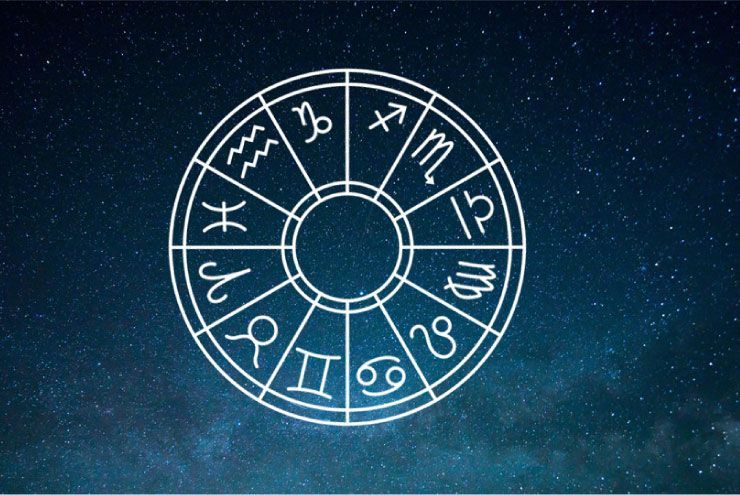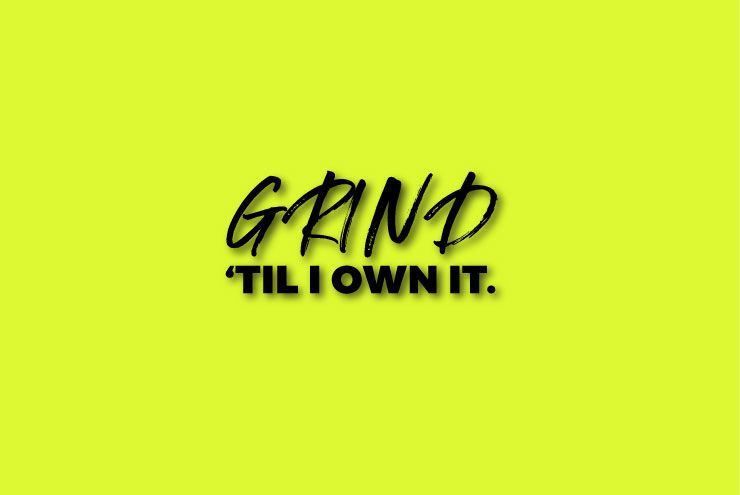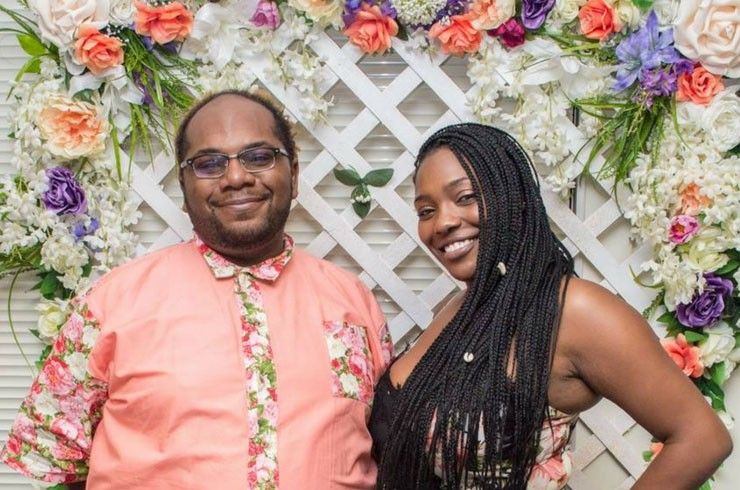By Kelly M. Marshall
There are very few queers I know who haven’t dabbled in astrology or Tarot at some point. Beyond apps like Co-Star, The Pattern, or Galaxy Tarot, these divinations create opportunities to re-frame and reorient ourselves in the face of uncertainty. They provide space for us to get still and quiet, and to ask ourselves what we really want, what we really believe, and who we really are.
The Tarot and astrology offer archetypal lenses to view our identities and our lives. As a bonus, neither must be viewed with an eye for gender or sexual orientation. Yay, queer magic!
Astrology, or the divination of the influences of the stars and planets on human affairs by their positions and aspects, allows for us to view ourselves through a kaleidoscope of time, the archetypes of the Zodiac signs, celestial movement, and through the relationships within ourselves and other people, and the movements of the sun, moon, planets, and universe.
Astrology is also more than memes about the 12 sun signs. It’s about the relationships with those 12 archetypal energies within us, as well as how we negotiate them. Everyone contains every sign. Astrology asks us to explore our relationships with these signs in various “homes,” or sectors, of our lives. We can invoke the qualities of each and question what they want to teach us with respect to various aspects of ourselves.
For example, your sun sign, the simplest form of astrology often found in magazine columns, denotes your deep identity and karmic journey. Your sun sign is who you aspire to become. Your rising sign, or ascendant, is the mask you wear with others, or your immediate demeanor. It’s who you are in your everyday dealings with people. Your moon sign speaks to your emotional nature, and how you navigate that inner landscape. And so on, through the rest of the planets and other placements. All these signs and placements together are called your natal chart, which is like a “map” of your identity, conceived at the moment of your birth. It’s a snapshot of the cosmos when you emerged on this planet.
The natal chart comprises 12 houses, which occupy 12 aspects of ourselves and our lives. For example, the first house is about your relationship to your identity. The second house is about your relationship to money, values, and security. And so on, all the way to the twelfth house. In addition to this, various astrological signs also house each of the planets in terms of position.
For example, at the time of my birth, Venus was in the sign of Virgo in the eleventh house. This one placement alone expresses something very specific: my values and relationships with others (ruled by Venus) are expressed through the qualities of Virgo, meaning I’m very conscientious about the ways I express myself and the quality of the people I surround myself with. Also, I tend to cultivate romantic relationships with others through my platonic friend groups or communities (eleventh house). I’m not an astrologer, but you get the point. Furthermore, the relationships between these celestial bodies at the time of your birth each posits a different thing. These angles are called aspects.
So, when we talk about someone’s astrological sign, we’re only talking about one dimension of one aspect of who they might be. Hence, memes. I promise you, you’re not as simple as a meme.
The true scope of astrology creates the freedom to ask so many questions about ourselves and what’s true for us. When we turn from self-reflection (natal chart analysis) to asking questions about the current moments and movements in time (astrological transits) in relationship to who we are, we can stay curious about what’s arising. It presents a period of time as a container of self-study on very specific concepts.
Tarot, on the other hand, is a divinatory tool that creates windows of shifted perspective and empowerment and through the symbolic meanings in the 78 cards. Creating a practice of daily interaction with the cards begins an inner dialogue with ourselves about our identities, our choices, our trajectory in life, our relationships with others, and our own spiritual journeys.
Through the practice of familiarizing ourselves with the 22 cards of the Major Arcana, we can start to understand the narrative of “the hero’s journey,” which is an episodic unraveling of personal evolution essential to every single human being, no matter who they are. Starting with The Fool and ending with The World, we can start to make sense of the cyclical nature of change within us whenever we learn new lessons. At first, we are a beginner, guileless and free. Then we evolve, grow in mastery, and finally complete a lesson, ready to begin again. The Major Arcana denote “major life moments and lessons” when they come up in a spread of cards, calling us in to closer reflection of the patterns in our lives that emerge out of the consequences of our choices.
When we delve deeper into the 56 cards of the Minor Arcana, we connect with the magic of the four elements and their qualities (earth, air, fire, and water) as well as the everyday exchange of experiences that we all share.
Through reflective storytelling about what the images signify to us, we create a meditative practice by exploring each card and our internal emotional and mental responses to it. Here, we can start to create some context, a larger bird’s-eye-view sense of the “story” out of the hodgepodge of experiences that make up our lives.
Reading for ourselves can become a daily practice of self-study, but also comes with caveats. Sometimes we can be too biased, too close to a situation, too caught up in our attachments to outcomes, or have trouble navigating our perceptions about particular cards. That’s when it’s good to call in a professional and receive a reading from an unbiased source who can help you find a greater context within the cards.
By creating a regular practice of working with these tools, we are invited to step out of the everyday hustle and to deeply consider our own lives from the vantage point of our intuition, our deeper selves, and the powerful parts of us that are often overlooked. We call ourselves back to our own sense of mission in life, and we’re able to get perspective on the moments that mold us, large and small.
Author’s tip: The best way to find a good tarot reader or astrologer in your area is through online reviews and word-of-mouth recommendations.
Further reading:
Queer Cosmos: The Astrology of Queer Identities and Relationships by Colin Bedell







